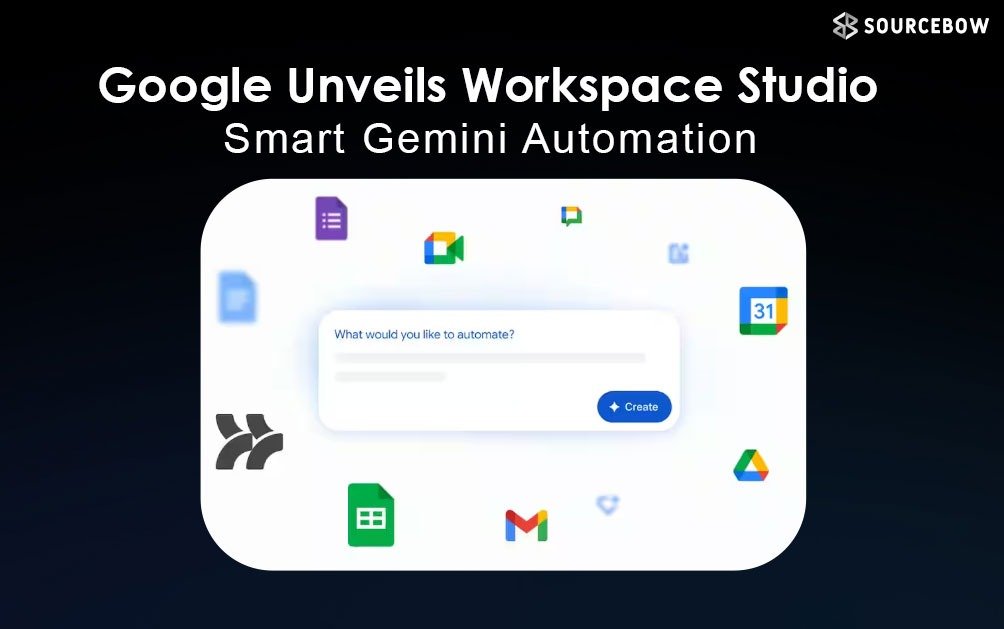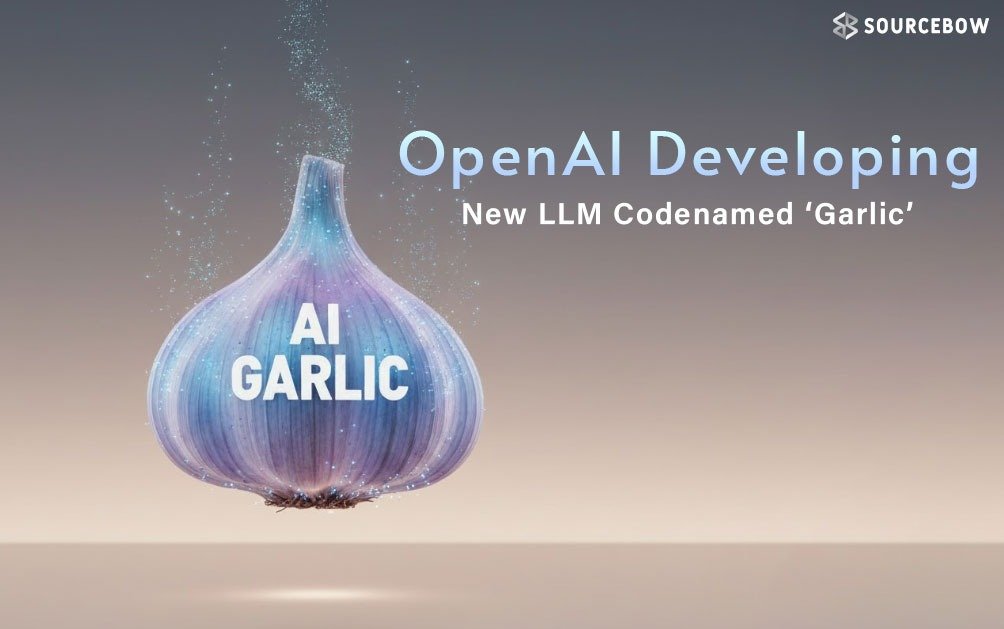Finding the Right Fit Between REST, GraphQL, tRPC and gRPC
Ever felt lost while choosing how your app should talk to the server? Don’t worry, most developers have been there. There are just too many names thrown around — REST, GraphQL, tRPC, gRPC — and everyone swears their favorite one is “the best.” But really, it depends on what you’re building and how your system grows over time.
Let’s talk about these one by one, in simple words, no fluff.
REST – The Old Reliable
REST is like that old friend who’s been around forever. Everyone knows them, everyone’s used them, and they just… work. REST isn’t a protocol or language; it’s more like a set of ideas — an architecture.
Imagine it like this: if you want a list of users, you hit /users. If you want a specific user, you go to /users/id. Pretty straight, right? That’s what makes REST popular — you can build it fast, and most developers understand it instantly.
But it’s not without pain. REST tends to tie your backend and frontend too tightly together. Whenever one changes, the other needs fixing too. If you’ve ever worked in a team where the frontend folks are waiting for backend updates, you know how annoying that gets.
Then there’s overfetching and underfetching — two classic REST problems. You might only need one small piece of data, say the user’s age, but the API throws the entire user object at you — name, email, job, everything. That’s overfetching. And when you need more data than what’s available? You tweak the API again. That’s underfetching.
REST is simple, but when your app starts getting big or your data gets complex, it starts to show its limits.
GraphQL – Getting Exactly What You Ask For
Then came GraphQL, and it changed the game. It’s not an architecture or a framework — it’s basically a query language. The cool thing is, you only ask for what you want, and it gives you exactly that. No extra baggage, no missing fields.
Let’s say you want a user’s name and their playlists. In REST, that’s two different requests. In GraphQL, you can grab both in one go. That’s a huge win — especially for mobile apps where every extra kilobyte counts.
GraphQL also builds a kind of contract between the front-end and back-end. You have a defined schema that everyone agrees on. No confusion, no guessing.
But yeah, it’s not all perfect. Getting GraphQL right takes skill. You really need someone who knows what they’re doing — a real GraphQL pro. If not, it can quickly become messy.
And don’t get started on some of its libraries like Apollo. They’re powerful but a bit complicated. The caching system sometimes doesn’t play nice with browser caching, which can cause weird bugs. You’ll end up writing more boilerplate than you expected.
Still, when you have complex data — like users with playlists, nested media, and other deep structures — GraphQL shines. It saves bandwidth, handles complex queries beautifully, and works wonders when you’re juggling both web and mobile apps.
tRPC – When Front and Back Feel Like One
Now, tRPC is kind of the new kid but with a clever twist. The “t” stands for TypeScript, and the idea is to make your backend and frontend feel like they’re part of one single app.
If you’re already using TypeScript on both sides, this thing feels like magic. You can literally call backend functions from your frontend — no writing endless endpoints or contracts. Behind the scenes, it’s all managed cleanly, and thanks to TypeScript, your data is always correctly typed.
It’s like both your teams speak the same language and share the same dictionary. No one sends the wrong stuff because TypeScript catches it.
Usually, tRPC works best in a monorepo setup — where client and server live in the same codebase. That way, your frontend can directly import backend types and functions. It’s super smooth.
Also, it runs on HTTP/2, so it’s quick, lightweight, and less bloated than GraphQL. Your IDE even lets you jump straight from frontend code to backend function — a small thing, but really satisfying.
But tRPC has limits too. It doesn’t fix overfetching or underfetching. If your data is deeply nested or if bandwidth matters a lot, GraphQL still does a better job. tRPC works best when you’re building with TypeScript and want everything tightly connected.
gRPC – The Speed Freak
And then there’s gRPC, Google’s version of remote procedure calls. It is like tRPC’s older, faster cousin and it is not limited to TypeScript. You can use it across multiple languages like Go, Java or Node.
Instead of JSON, gRPC uses a binary format called Protocol Buffers. It’s super-efficient, meaning data moves faster and takes up less space. Perfect for when your services need to talk to each other thousands of times a second.
But here’s the catch — browsers do not natively support it. You will need something like gRPC Web to make it work on the frontend. So, it’s great for backend to backend communication, not so great for browser-based apps.
If your system uses microservices or needs real-time streaming, gRPC is gold. It’s reliable, crazy fast, and optimized for performance. The only problem? It’s still growing. Support and tooling aren’t as mature as REST or GraphQL yet, but it’s getting there.
So Which One Should You Pick?
Honestly, there’s no one perfect answer. Each one shines in its own situation:
- Go with REST if you want something quick, familiar and simple to build. Great for small projects or startups moving fast.
- Choose GraphQL if your data is complex, nested or you are building both web and mobile apps.
- Try tRPC if you are already deep into TypeScript and want your front end and back end to feel like one team.
- Use gRPC when performance matters most, especially for microservices that need to talk across different languages.
Think of it like tools in a toolbox — you wouldn’t use a hammer for everything. REST is easy and old-school, GraphQL is smart and flexible, tRPC is modern and tight knit and gRPC is lightning fast.
Wrapping It Up
At the end of the day, it is all about what fits your setup. If you’re building fast, REST is enough. If you want total control over your data flow, GraphQL will make you smile. If you love TypeScript and clean integration, tRPC is worth it. And if you care about performance and microservices talking in multiple languages — gRPC wins hands down.
All of them are good. The trick is to know when to use which. Once that’s clear, your client and server will finally stop fighting — and start working together like they should.





